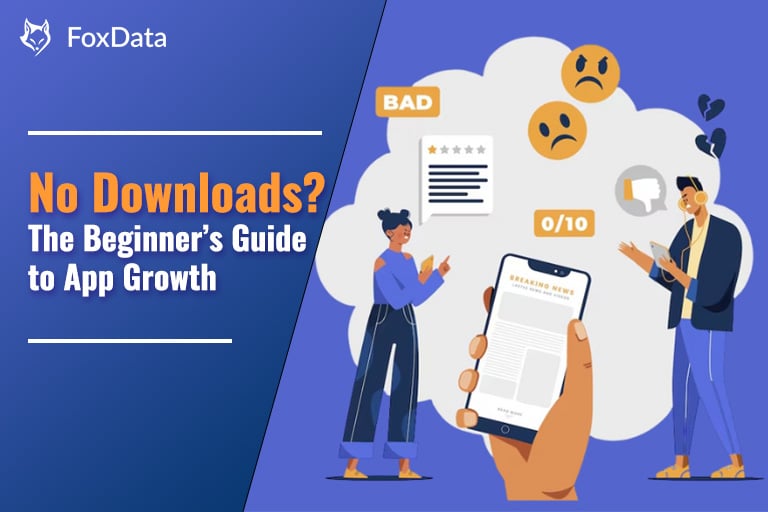A Strategic Guide to Localization Advancement: From Cultural Adaptation to Global Growth

Why Is Localization Becoming Increasingly Critical?
In today's competitive landscape of global digital products vying for international users, localization has transcended mere translation to become a strategic cultural adaptation initiative. It directly impacts user acquisition, brand recognition, revenue conversion, and fundamentally determines whether a product truly integrates into users' daily lives.
In recent years, global products across various sectors have faced the dual challenges of cultural adaptation and associated reputational risks. For example, the Chinese game "Love and Deep Space" modified specific cultural elements such as Taoist temples and Chinese cuisine to appeal internationally, which sparked criticism over cultural ambiguity and perceived de-localization. Such incidents are not isolated to Chinese products but also occur in global offerings from the United States, Japan, and South Korea.
This article systematically outlines the core logic and practical pathways of localization, complemented by real international case studies such as the Dogo dog training app, to provide guidance for product internationalization, cross-functional team collaboration, and content adaptation.
What constitutes effective localization? Why does it go far beyond mere translation?
App localization refers to the process of adjusting the language, content presentation, visual design, interaction logic, and even legal information of an application to meet the expectations and habits of users from diverse cultural backgrounds.
We can break down effective localization into the following key dimensions:
Linguistic Localization:
Keyword strategies should be reconstructed based on local search habits. For example, in the United States, “slot machine” is the common term for a gambling device, whereas in Australia, users more frequently use the local slang “pokies.”
Cultural Localization:
This involves the reconstruction of elements such as food, festivals, religion, and architecture. In the case of “Love and DeepSpace,” translating “Taoist temple” as “Shinto shrine” reflects a cultural misinterpretation, resulting in a loss of cultural context and authenticity.
Visual Localization of Graphics and Interface
This includes the localization of screenshot content, character imagery, and color schemes. In different markets, the contrast between monotonous slogan graphics and vibrant regional color palettes significantly influences user responses.
FoxData's App Profile features enable you to review the localized metadata for each app.
Timing and Operational Time Zones
Different countries and regions exhibit significant variations in daily routines, holiday schedules, and peak activity periods. Therefore, localization extends beyond linguistic and visual adjustments to include aligning operational rhythms and timing strategies.
Successful localized operations typically tailor notification timing, event scheduling, and holiday-specific campaigns based on local user time habits to prevent issues such as "timing misalignment" or "cultural dissonance."
For example, in the Chinese market, the Spring Festival is the most important annual celebration, and users expect to see corresponding visual themes and promotional activities. Conversely, in Southeast Asia or Western markets, generalizing the term as "Lunar Festival" without specifying its Chinese cultural background can weaken recognition and cause cultural ambiguity.
Additionally, Latin American users tend to be most active at night, Japanese users are highly sensitive to holiday rhythms, and Western users often engage in long-term consumption drives during holidays. These factors significantly influence app operational strategies.
If the app’s activity time zones, push notification schedules, or rhythm designs are misaligned with local user habits, it can lead to reduced engagement and conversion rates. Moreover, such mismatches may be perceived as "foreign and disconnected" content management, ultimately diminishing the brand’s local affinity.
Legal and Payment Localization Policies
During localization, it is essential to adapt to each country's privacy regulations (such as the EU GDPR), payment preferences (e.g., Latin American users favor cash on delivery and Brazil's PIX, Japanese users prefer credit cards and Apple Pay), and cultural or legal boundaries concerning content related to violence, gacha mechanics, or religion. Ignoring these local standards can directly impact app approval, user conversion, and overall user experience.
Real Case Study | Dogo: A Paradigm of Global Growth Through Successful Localization
Source: Lithuania
App Type: Pet Dog Training Application
🎯 Localization Actions:
- Supported over 10 languages from launch, including English, German, Spanish, French, Korean, Portuguese, and others.
- Adjusted app store screenshot designs and call-to-action language based on regional user preferences.
- Incorporated localized keywords in ASO strategies by integrating pet-related terminology common in different markets, such as "puppy training" and "dressage chien."
- Designed interface elements displaying popular dog breeds and training methods specific to each region to foster familiarity among users.
📈 Verifiable Results:
In the Brazilian and European-American markets, enhancing download conversion rates through localization of keywords and interface visual adaptation:
There has also been a significant increase in revenue data over the past 90 days:
🔍 Insights:
- Building a localized pipeline during the startup phase of small and medium-sized enterprises is a crucial strategy for cost-effective international expansion.
- Localization encompasses more than language; it involves deep cultural adjustments, including content adaptation, behavioral habits (such as regional preferences for command-based training versus gestures), and perceptions of dog breeds and roles.
- Successful cases require metadata optimization, the establishment of user feedback channels, and local customer support to form a closed-loop system.
Common Localization Pitfalls and Strategic Recommendations
❌ Common Pitfalls:
- Treating translation tools as a substitute for localization strategy (e.g., relying on machine translation for key copy and calls to action).
- Focusing solely on text translation while neglecting interface elements, screenshots, holiday expressions, and payment configurations.
- Operating without a unified rhythm, causing conflicts in user sense of belonging during festivals and promotional activities across domestic and international servers.
- Overlooking regulatory differences, such as South Korea’s specific requirements for probability-based gacha content.
- Skipping local testing phases, leading to cultural misunderstandings and controversies upon launch.
✅ Effective localization strategies should include the following steps:
- Prioritize market evaluation based on organic exposure, e-commerce potential, and cultural proximity.
- Reconstruct keywords within local contexts using tools like FoxData for practical queries.
- Redraw UI visuals and screenshot assets to suit local preferences.
- Conduct native language proofreading combined with local user A/B testing to quickly assess user acceptance.
- Adjust full-chain local notifications, customer support, and protocol prompts accordingly.
- Implement flexible adjustment mechanisms for festivals and national sentiments to prevent cultural misrepresentation or neglect.
In summary, making the product “their product” is the ultimate goal of localization.
Genuine and effective localization helps global users feel connected to you, rather than merely understanding your content. Whether it’s the sense of belonging among users of “Love and Deep Space” or Dogo’s surge in conversions in Eastern Europe, the trend is clear:
globalization is accelerating, but the need for cultural identity remains strong.
Only by deeply understanding the target market’s context, cognition, emotions, and experiential mechanisms can product creators truly deliver value. Localization is no longer just an aspect of overseas operations; it is an indispensable part of product design, content expression, and brand internationalization.
If “growth” comes from reach, then “trust” stems from cultural resonance. In today’s wave of international expansion, those who first build cultural penetration will seize the next wave of global user dividends.
Localization extends beyond translation and iconography; it stems from a profound understanding of user rhythms, cultural contexts, and behavioral scenarios.
📊 With FoxData, gain insights into each app’s metadata performance across diverse markets, differences in localization strategies, and operational cadence characteristics, empowering you to develop more confident global market entry plans.
👉 Register now to begin exploring your localization competitive edge.






